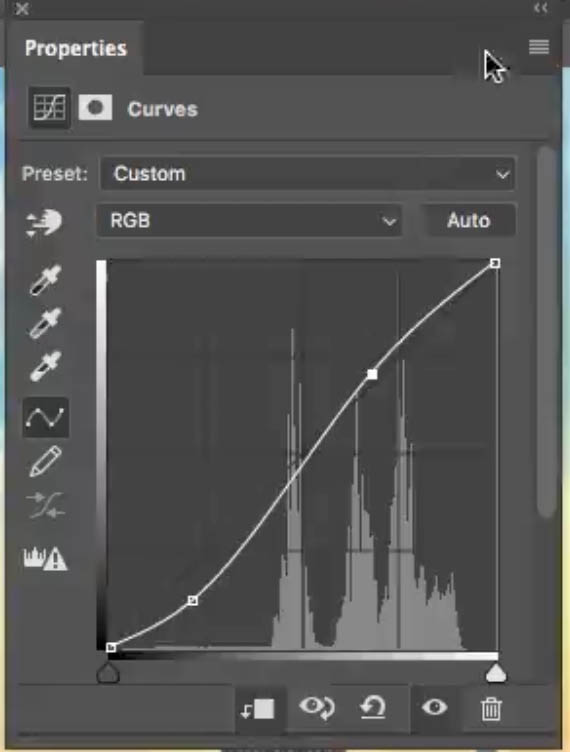
You can see when I turn it on and off there’s no change but if I turn the black and white adjustment layer on and off it is affecting the Luminosity valuesīut we can still make the black and white Adjustment layer more accurate by changing its blending mode to color and now it will only affect color This is another way of doing it and I just wanted you to know different methods if you want to be more accurate when you’re making your adjustments.


What you need to do now is change the blending mode to color, And that will convert our image to black-and-white, And this is actually more accurate than a normal black and white adjustment layer because a color blending mode will only affect color Or we can create a solid color, And then choose a neutral color it doesn’t matter white black, or 50% grey, You want to make sure it’s neutral and you can tell By looking at the Hue and saturation values and you can see both of them are 0Īnd they stay at 0 even when you move the color picker up and down, But when you move it to the right you can see that the saturation value has changed, So make sure it is neutral and then click ok, So to figure out if it’s a Luminosity problem we need to see the image in black and white by creating a check layer and it could be as simple as creating a black and white adjustment layer
#COLOR MATCH PHOTOSHOP HOW TO#
Then choose “enhance per Channel contrast”, and click on Shadows and then sample a color from the shadows in the background image, and Photoshop will automatically apply that color to the shadows of our subject,Ĭlick ok and now click on highlights and this time sample a color from the highlights area on the background, In this case, I’m going to select a bright orange color near the Sun, And now that color is applied to the highlights in our subjectĬlick ok again and now Photoshop Will ask you If you want to make this color the default highlight and shadows colors for curves, In this case, we don’t want that we only want to apply this color once so choose an optionĪnd now as you can see our subject is matching the background, that looks a lot better than beforeīut if the adjustment for you was not looking the way you want it you can always go back to the auto-correction options by holding alt or option and clicking on the auto button, And you can go back and edit the colors to your likingĪnd if it’s still not matching and doesn’t look right it’s probably a Luminosity problem, So if that is the case I’m going to show you how to fix that, Make sure that the layer of the curves adj layer itself is selected and not the layer mask, and you will know when you see it highlighted when you click on it, otherwise, this is not going to work To remove areas, use the Subtract From Sample tool or Alt + left-click on the areas.

To add areas, click on the Add to Sample tool or Shift + left-click on the areas. Use the eyedropper tool to select the color you want to change. Now what you need to do is click on the menu in the curves properties panel and then select auto options, This will bring us the auto correction options dialog box, And it has four different algorithms that we can use the auto color correct images After opening your desired photo in Photoshop, go to Image > Adjustments > Replace Color. So what you need to do is create a curves adjustment layer on top of the subject, Then hold alt or option and click between the two layers to create a clipping mask, You can also create a clipping mask by clicking on the clipping mask icon in the properties panel And what will this do is the curves adjustment layer now is only affecting our subject and not the background So here we are in Photoshop and we have two images that we need to match their color together and as you can see that our background is warm and our subject has he cool contrast and we need to match the color in this case I want to match the subject to the background If you are new to composite, one of the hardest aspects is color matching so I hope this video will make the process a little easier for you.Are you ready? let’s get started 1 – how to Match Subject With Background in Photoshop Using The curves Automatic Color Correction Algorithm We select our model image, click on a color match from the menu, and select our background image in the dialog box.įinally, in the third technique, Sekulic shows how to match the color by using a color balance adjustment layer and changing the mid-tone and highlight colors to match the colors in the image.Īll three of these techniques are quick and easy and Sekulic teaches us in a very easy to follow way. The second technique Sekulic shows us is even quicker, but it does not always give us the best results. Once the opacity is lowered the model is now color-matched to the background. He then clips it to the model layer and switches the blend mode to color. This creates an average color of all the colors in the background. You duplicate your background layer, move it to the top of the Layers panel and click average blur.

The first technique Sekulic shows us is the average blur.


 0 kommentar(er)
0 kommentar(er)
